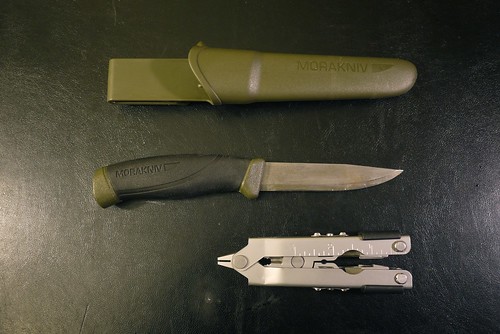
As T has been getting older, he has become a lot more mobile. That means he gets exercise. He goes to a neighborhood park every day and runs around with Grandpa. (Which means he is slowly leaning out. Weight is the same, but not as puffy everywhere like he used to be.) And he can choose what to spend his time looking at some more.
Dinosaurs are becoming a big thing. Early exposure was through Ni Hao Kai Lan!, as this is the title character's favorite thing. But now we have regular trips to the Carnegie Museum of Natural History. And because Pittsburgh had a dinosaur everywhere period (like Chicago did one summer with cows), it is easy to find dinosaur things all over the place.

Other toys are Legos (he is getting the hang of his Duplo blocks) and trains set. Fortunately, he has not discovered branding, so we can get away with generic things.

His playtime is becoming more varied as well. While he used to like to dance to Sound of Music and other videos, now he tries to sing. Of course, he only sings the words he knows and pauses for the other words, so it takes a while to figure out what he is singing sometimes. But sometimes it is rather impressive the words he does know.
Vocabulary in general has been picking up. We were worried about the iPhone use. But it turns out his favorite app has been a flashcard app, and he is actually learning the words (meaning he uses them outside the app). Animals, foods, vehicles, and shapes have entered his vocabulary. And he can somewhat read one of his books, "Brown bear, brown bear, what do you see?" It gets fun when he improvises based on something in front of him. Once he was looking at a picture and went around the picture using the "___ ___, ___ ___, what do you see? I see ____ looking at me!" formula.
Socialization is still slow. He likes to play with the kids of the neighborhood, because they are old enough that he is like a moving doll to them. But he does not play with kids his age (ok, that is pretty rare anyway). While he likes going out with us and he will go off and explore (e.g. in museums or stores) he does not like crowds and gets pretty clingy around them.
Next up, the two year point!





